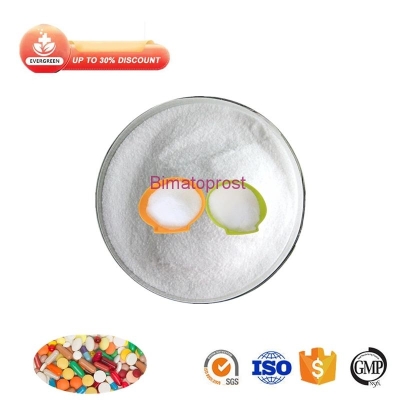-
Categories
-
Pharmaceutical Intermediates
-
Active Pharmaceutical Ingredients
-
Food Additives
- Industrial Coatings
- Agrochemicals
- Dyes and Pigments
- Surfactant
- Flavors and Fragrances
- Chemical Reagents
- Catalyst and Auxiliary
- Natural Products
- Inorganic Chemistry
-
Organic Chemistry
-
Biochemical Engineering
- Analytical Chemistry
- Cosmetic Ingredient
-
Pharmaceutical Intermediates
Promotion
ECHEMI Mall
Wholesale
Weekly Price
Exhibition
News
-
Trade Service
High-density lipoprotein (HDL) can prevent the development of type 2 diabetes (T2D), but HDL particles vary in size and function, which may lead to differences in their association with the development of T2D.
a newly developed nuclear magnetic resonance (NMR) derived algorithm can obtain concentrations of seven HDL subtypes.
recently, a study was published in Journal of Clinical Endocrinology and Metabolism, an authoritative journal in the field of endocrine and metabolic diseases, to investigate the correlation between HDL particle subtypes and T2D events in the general population.
in 4,828 subjects with baseline T2D in the Kidney and Vascular End-stage Disease Prevention Trial (PREVEND).
researchers used NMR (the LP4 algorithm for the Vantera NMR platform) to measure HDL subtypes that gradually increased in size from H1P to H7P particles.
T2D (with a medium follow-up time of 7.3 years) occurred in 265 subjects.
in the Cox regression model, hdL size and H4P (HR of 0.83 (95% CI 0.69-0.99) and 0.85 (95% CI 0.75-0.95) for each additional SD) were negatively associated with T2D.
the H2P level is positively related to the T2D event (HR is 1.15 (95% CI is 1.01-1.32).
in the secondary analysis, BMI adjusted the correlation between larger HDL particles and risk of H6P and T2D occurrence, especially in subjects with BMI-lt;30 kg/m2.
, it can be seen that larger HDL particles and lower H2P content are associated with lower T2D risk, while higher H2P levels are associated with higher T2D risk.
, larger HDL particles and H6P were negatively associated with T2D risk in non-obese subjects.







